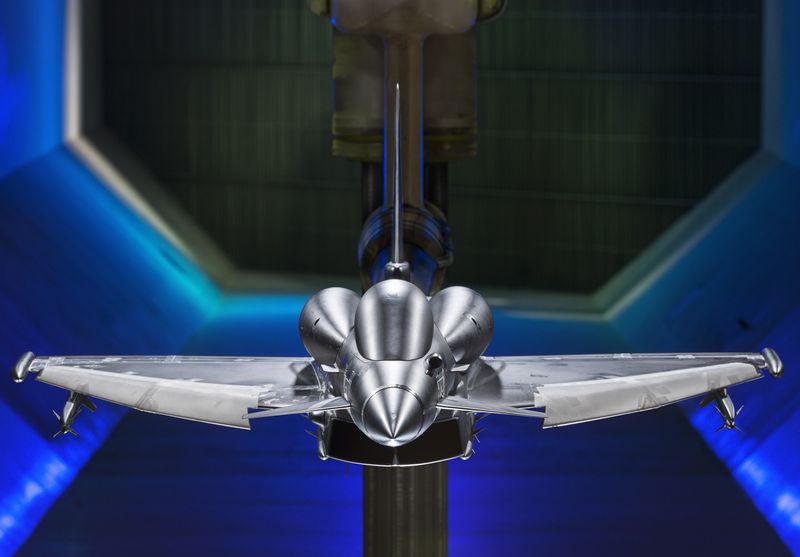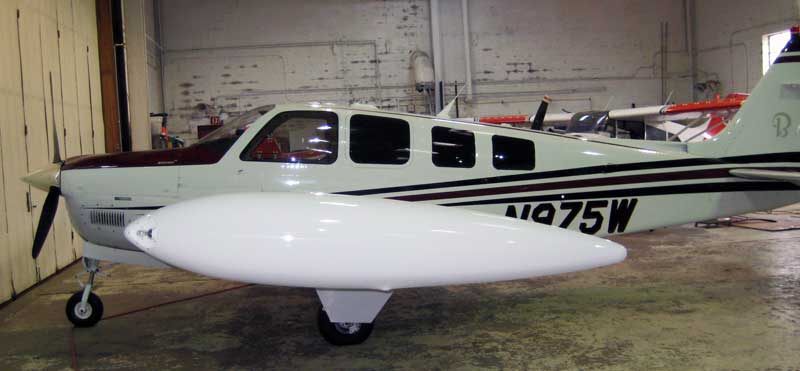


Leicester, England: Midland Publishing (Aerofax).

OKB Sukhoi: A History of the Design Bureau and its Aircraft. US Navy mixed power fighter, never saw combat. Target drone based on Gorgon III missile. įirst operational jet fighter as fighter and fighter-bomber, with night-fighter, bomber, and reconnaissance versions trialled. Postwar production, designation changed April 1946 to FH. Four deployed during the war, two seeing limited service in Italy, but no combat. įighter/bomber, first jet powered flying wing. Ĭheap mass-production interceptor ( Volksjaeger) for use by semi-trained pilots. First jet to down another jet aircraft (a V-1 flying bomb). Įngine testbed and first Allied jet to fly. Manned version of the pulsejet powered V-1 flying bomb ready late 1944 but not used. Ĭancelled jet engine addition to conventional radial engine torpedo bomber Only 12 produced before VE Day no combat service. Ĭancelled turboprop and turbojet powered fighter. įirst USAAF jet to fly, used as trainer only. Production figures for aircraft used postwar include examples built after the war ended, of the same versions already flying during the war.įirst jet bomber but used mostly for reconnaissance. Aircraft which were designed but not constructed are also excluded. Rocket-powered aircraft are not included, nor are aircraft that only flew following the end of the war. This list includes only aircraft powered by turbine engines, either on their own or as part of mixed-power arrangements. Germany was the only country to use jet-powered bombers operationally during the war. Italy and the Soviet Union had both tested motorjet aircraft which had turbines powered by piston engines and the latter had also equipped several types of conventional piston-powered fighter aircraft with auxiliary ramjet engines for testing purposes. By the end of the conflict on 2 September 1945 Germany, the United Kingdom, and the United States all had operational turbojet-powered fighter aircraft while Japan had produced, but not used, motorjet-powered kamikaze aircraft, and had tested and ordered into production conventional jets. The first successful jet aircraft, the Heinkel He 178, flew only five days before the 1 September 1939 start of the war. World War II was the first war in which jet aircraft participated in combat with examples being used on both sides of the conflict during the latter stages of the war. A captured Messerschmitt Me 262, the most numerous jet fighter of World War II


 0 kommentar(er)
0 kommentar(er)
